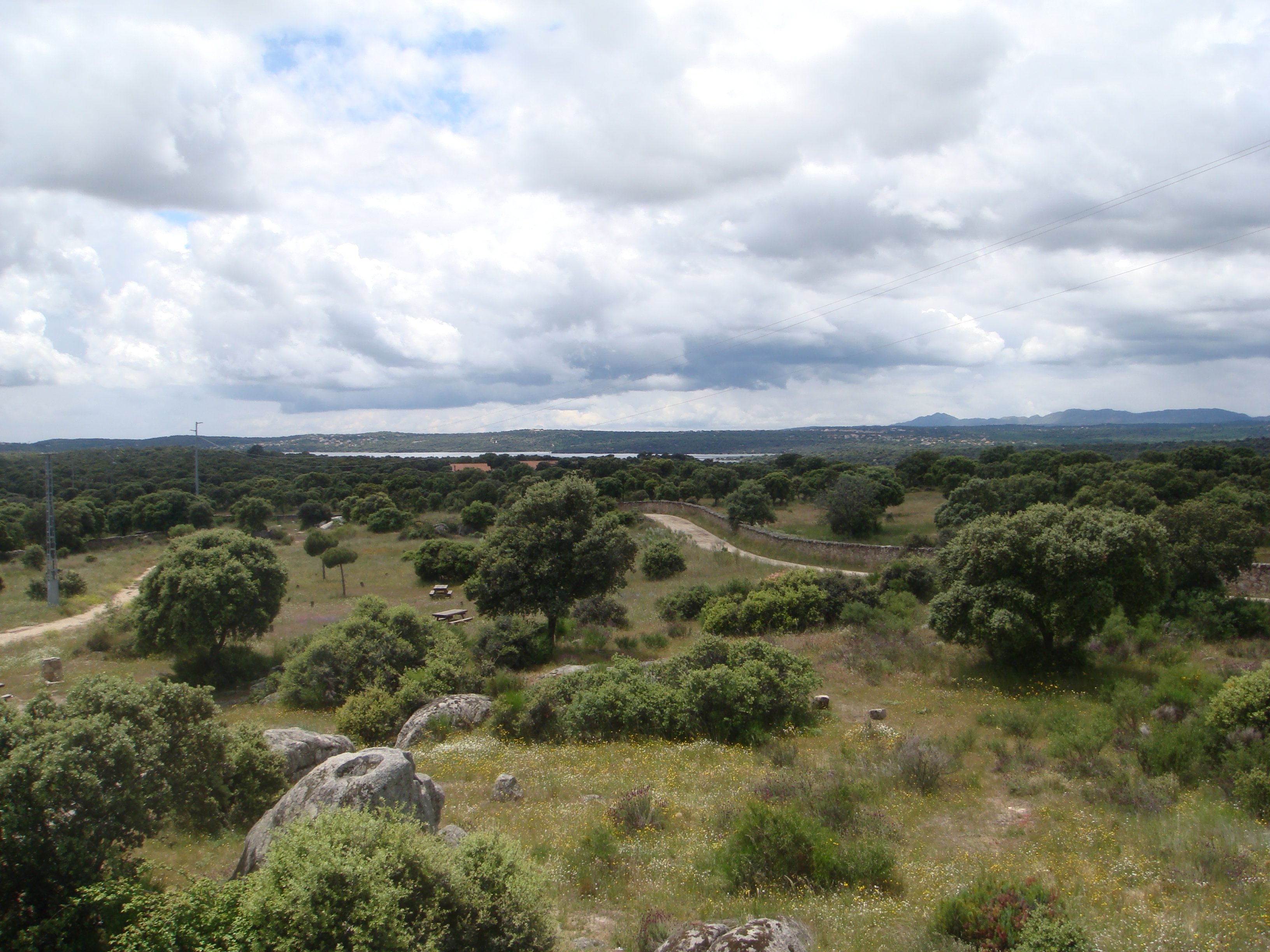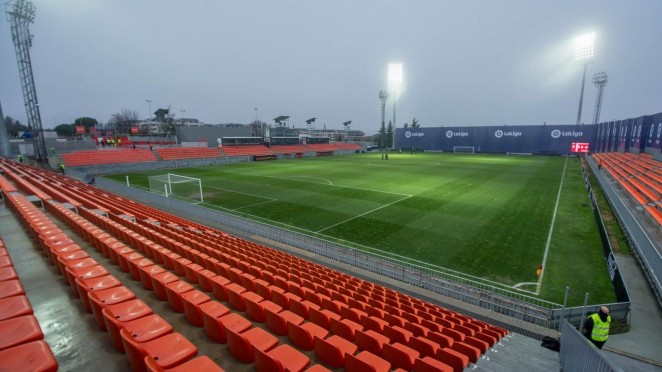Las Rozas and Rayo Majadahonda meet in a Madrilean confrontation

Madrid is a big region with many suburbs. Many of these suburbs grow to around the same size and, when they border, start a rivalry. The same is true for the cities of Las Rozas and Majadahonda, both located northwest of Madrid. This inter-city rivalry forms the basis for the derby between Las Rozas and Rayo Majadahonda: the derbi del noroeste.

Similar suburbs
Las Rozas de Madrid is one of the most prominent Madrilean suburbs and has an elevated per capita income. However, the city is mainly known for María, a stork who lived there during the 60s. She was hurt as a chick and was cured by a boy from Las Rozas, after which the stork stayed in the city and became a ‘friend’ for every local. After María passed away, an image of her was included in Las Rozas’ coat of arms and flag, while she also gave name to a primary school and a square.

Majadahonda, on the other hand, is a bit smaller city but has the same profile as Las Rozas. It is a rich and expensive city and is not remote from the impressive Zarzuela Palace, still used by the king and the Parque Regional del Curso Medio del río Guadarrama. This park follows the flow of the Guadarrama River and is a popular getaway among the Madrilean population.

Las Rozas CF
Before Las Rozas became a populous suburb of Madrid, football was not as popular. The first football club founded here was CD Las Rozas in 1966, consisting of young men who just wanted to play football together. The roceños did not structure their club to achieve great success and, therefore, only made their debut in the Tercera in 1991.

In the years that followed, Las Rozas usually competed in the Tercera División without ever managing to play a season in the Segunda División B. In 2009, the azules were relegated to the Regional Preferente and did not have stable finances, forcing the club to enter a fusion with Unión Las Rozas CF. This merger gave birth to the current Las Rozas Club de Fútbol. Sadly, the fusion did not pay off, either. The renewed Las Rozas almost disappeared in 2017 but was saved by local shareholders who did not want the club where many children had fun to vanish.

Ever since, Las Rozas has been performing better than ever. The team returned to the Tercera in 2018 and completed a heroic achievement by debuting in the Segunda B one year later. The roceños maintained the division but dropped to the Tercera in 2021, the division in which they still play. It’s great to see that Las Rozas flourishes after being saved from dissolution.

By the way, Las Rozas has two names. Las Rozas CF SAD is the official name, but not the name that appears on the club’s crest, which is CD Las Rozas SAD. Leaving alone ‘SAD’, which indicates a legal body, it’s interesting to focus on the difference between ‘CD’ and ‘CF’. CD Las Rozas was the club’s name founded in 1966, while Las Rozas CF is the official name since the fusion with Unión Las Rozas CF in 2009. Officially, the club only employs the latter denomination, but putting CD Las Rozas in the crest is a tribute to the most prominent predecessor of the current club.

CF Rayo Majadahonda
The first club in Majadahonda, CD Rayo Majariego, employed a white kit with a red stripe to distinguish itself from other clubs in the region, even though this meant the club had a very similar kit to the one of Rayo Vallecano. Interestingly, this club also had an almost identical crest, which makes it very likely for the Madrilean clubs to have had some sort of connection.

The current Club de Fútbol Rayo Majadahonda was founded in 1974 and became the representative club of Majadahonda. By the 80s, the franjirrojos had established themselves in the Tercera and also sometimes participated in the Segunda B, but without success.

The best period in the club’s history arrived in 2015. The majariegos obtained a spot in the Segunda B for the third time in history and also would continue in this division for the first time ever. This was a sign that everything would go better. Rayo Majadahonda turned into a fearsome team and even achieved promotion to the Segunda División in 2018. However, the franjirrojos got relegated one year later and have played in the third tier ever since.

The rivalry of the northwest
Just like many other derbies in the lower tiers of Spanish football, the rivalry between Las Rozas and Rayo Majadahonda is based on the relationship between the cities the club are from. However, as Las Rozas and Majadahonda were small villages until the 70s, there are no political, social, or cultural differences with a large past. Only in modern times has the rivalry emerged, given that the two cities form a bigger urban area.

The future of a madrilean derby
The encounters in the Segunda B from 2019 to 2021 meant the return of the derby after 11 years. However, the derby has not been played since 2021. The roceños have gotten relegated to the Tercera Federación, the division in which they are still active. This is currently the fifth tier, while the majariegos are still active in the third tier. Altogether, it’s unlikely to see the derby of the northwest return in the upcoming years, even though the cities of Las Rozas de Madrid and Majadahonda can’t wait for the match to return. This was…the derby of the northwest.

Sources
- Borchers, L. (2021). GOLAZO. Self-published.
- Borchers, L. (2022). CARA O CRUZ. Self-published.
- http://lafutbolteca.com/club-de-futbol-rayo-majadahonda-s-a-d/
- http://lafutbolteca.com/club-deportivo-las-rozas-s-a-d/
Leave a comment